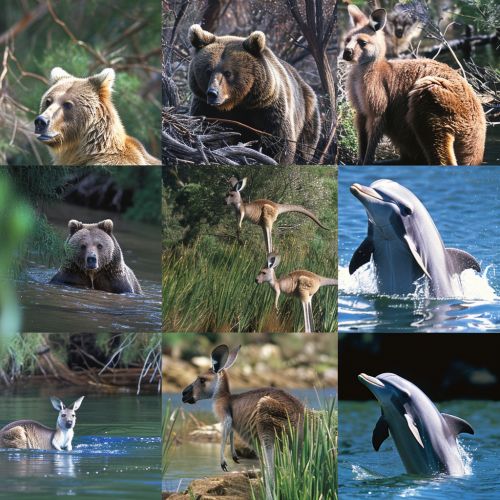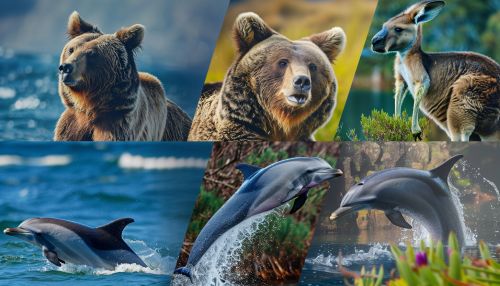Mammalia
Classification
Mammalia is a class of animals within the phylum Chordata, a group that also includes birds, reptiles, amphibians, and fish. Mammals are distinguished by certain unique characteristics, including the presence of hair or fur, the ability to regulate their own body temperature, and the production of milk by females for the nourishment of young.


Evolution
The evolutionary history of mammals can be traced back to the Mesozoic Era, over 200 million years ago. The earliest known mammals were small, nocturnal creatures that coexisted with the dinosaurs. The extinction of the dinosaurs at the end of the Cretaceous period allowed mammals to diversify and fill ecological niches previously occupied by dinosaurs. This period of rapid evolution and diversification is known as the Cenozoic Era, or the Age of Mammals.
Anatomy and Physiology
Mammals exhibit a wide range of physical adaptations to their environments. These include the development of specialized teeth for different diets, the evolution of limbs for locomotion in various environments (from swimming to flying), and the development of complex sensory organs. Mammals also have a highly developed brain, which allows for advanced behaviors such as social interaction, tool use, and learning.
Reproduction
Mammalian reproduction is typically internal, with most species giving birth to live young (a characteristic known as viviparity). However, there are exceptions to this rule, such as the monotremes, which lay eggs. Female mammals produce milk to feed their young, a characteristic unique to the class.
Diversity
There are over 5,000 species of mammals, ranging in size from the tiny bumblebee bat to the massive blue whale. They inhabit every continent and virtually every habitat on Earth, from the deepest oceans to the highest mountains, from arctic tundra to tropical rainforests.
Conservation
Many mammal species are threatened or endangered due to human activities such as habitat destruction, hunting, and climate change. Conservation efforts are ongoing to protect these species and their habitats, with strategies including the establishment of protected areas, breeding programs, and legislation to protect endangered species.
